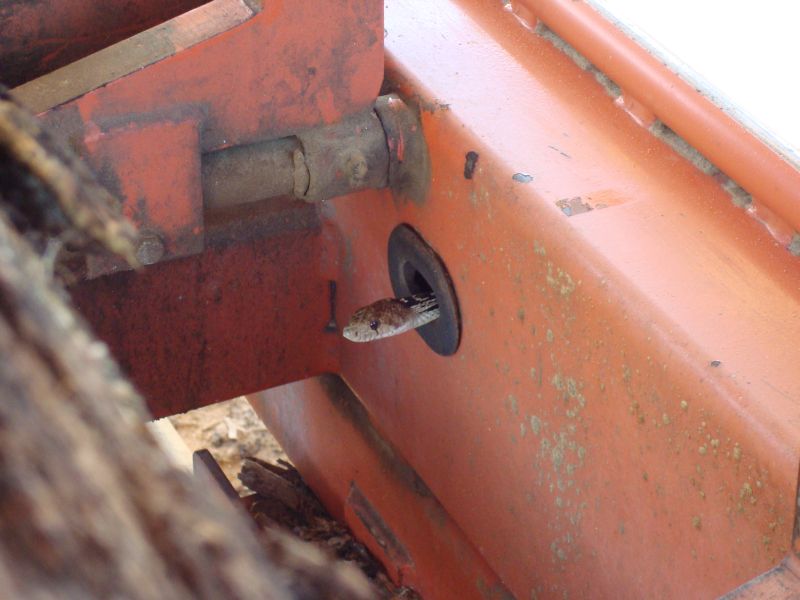Q.
I just got a maple log, 29 inches in diameter and 9 feet long. It has a gray center 8 inches in diameter. The rest is all white wood. I am still a rookie sawyer, and need your suggestions on how best to saw it.
Then, turn it to the next best face and do the same thing. Then, start slabbing off the other faces and resaw them for the best you can get. Then get into that gray center, squaring it and cutting it to thicknesses you can use or market. You might just be surprised. It might be waste, but then again it might be something that somebody wants for "artistic" wood.
I've sawn some logs that my Dad would certainly have burned, and they turned out to be really "artistic," and somebody thought the boards were really rare and made beautiful things.
Start by sawing parallel to the bark on your best face, just like the method just described. Cut until the first sign of degrade. Then turn the log 180 degrees to the opposite face and repeat. Saw the other two sides and do what you can with the heart. The heart will be tapered at first, if you kept cutting parellel to the bark the whole time, so now you can square it up and do what you can.
I would hope Gene will correct any mistakes in my account of this method; it's always better to get it from the horse's mouth.
I quarter them, then alternately saw the quarter faces. The first few boards have the heart on one edge, but it's easily trimmed. Sometimes, it even looks good, and I leave it. Eventually, you're down to a 4 x 4 rift piece, which is also good. The drawback is the time investment.
